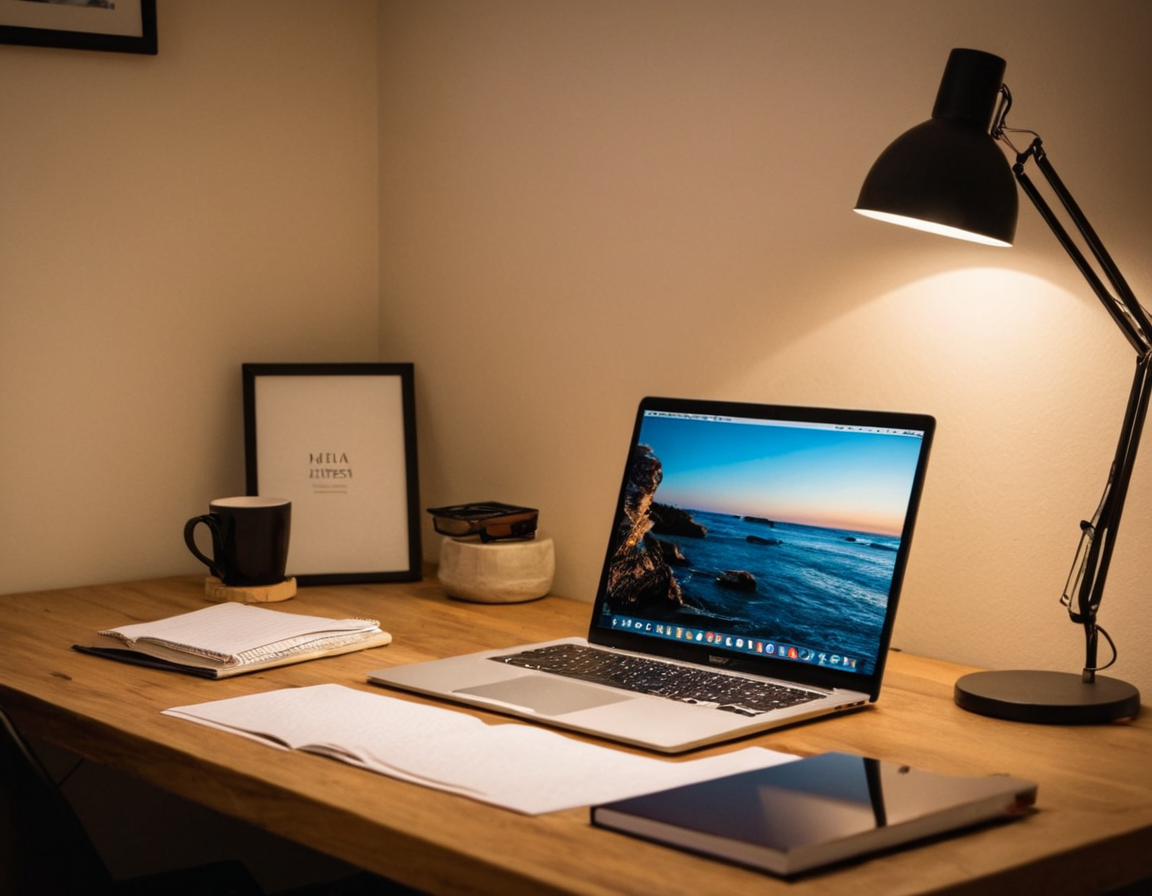Step Guide Photography Portfolios

Building a Compelling Photography Portfolio: A Step-by-Step Guide
Introduction
As a photographer, having a strong portfolio is crucial for attracting potential clients, getting hired, and establishing yourself as a professional in the industry. However, creating an exceptional portfolio can be daunting, especially for amateur photographers looking to take their skills to the next level. In this article, we’ll guide you through the process of building a compelling photography portfolio from scratch.
Step 1: Define Your Niche
Before you start building your portfolio, it’s essential to identify your area of specialization. What type of photography do you want to focus on? Is it portrait, landscape, wedding, or commercial? Knowing your niche will help you target the right audience and create content that resonates with them.
Understanding Your Target Audience
Who is your ideal client? What are their needs, preferences, and pain points? Creating a buyer persona will help you tailor your portfolio to meet their expectations. Conduct market research, attend workshops, and engage with potential clients to gain insights into their requirements.
Step 2: Develop Your Unique Voice
Your portfolio should reflect your unique perspective, style, and vision. Study the work of other photographers, but don’t copy or emulate them. Instead, learn from their techniques, and incorporate elements that make your work stand out.
Experimenting with Different Styles
Don’t be afraid to try new things and experiment with different styles, genres, or techniques. This will help you develop your skills, find what works for you, and create content that’s authentic and engaging.
Step 3: Invest in Quality Equipment
While it’s not necessary to have the most expensive equipment to take great photos, investing in a good camera, lenses, and lighting can significantly improve the quality of your work. However, don’t break the bank; focus on finding affordable alternatives that meet your needs.
Understanding the Importance of Lighting
Lighting is one of the most critical elements in photography. Natural light, artificial light, or a combination of both – it’s essential to understand how to use lighting effectively to create stunning images.
Step 4: Practice, Practice, Practice
The best way to develop your skills is by practicing regularly. Take photos of everything around you, from nature to people, objects, and textures. Experiment with different angles, compositions, and techniques.
Building Your Skills through Feedback
Join photography communities, attend workshops, or find a mentor who can provide constructive feedback on your work. This will help you identify areas for improvement and refine your skills.
Step 5: Curate Your Best Work
Once you’ve developed your skills, it’s time to curate your best work into a cohesive portfolio. Be ruthless – only include images that showcase your skills, creativity, and attention to detail.
Organizing Your Portfolio)
Organize your portfolio in a logical manner, making it easy for potential clients to navigate. Use clear headings, concise descriptions, and high-quality images that showcase your work.
Conclusion
Building a compelling photography portfolio takes time, effort, and dedication. By following these steps and staying focused on your goals, you can create a portfolio that attracts potential clients, gets you hired, and establishes you as a professional in the industry.
So, what’s holding you back from building your portfolio today? Is it fear of failure, lack of experience, or uncertainty about where to start? Whatever it is, take the first step now. Your photography career depends on it.
Call to Action:
What’s the one thing you can do today to move closer to building your photography portfolio? Share your thoughts in the comments below.
Tags
photography-portfolio compelling-images building-a-photo-collection amateur-to-pro-guide professional-photography
About Emily Williams
As a seasoned photographer and educator, I help creative minds unlock their potential on lentecreativa.com. With a focus on real-world tips & techniques, I inspire photographers to push boundaries & tell stories that matter.
